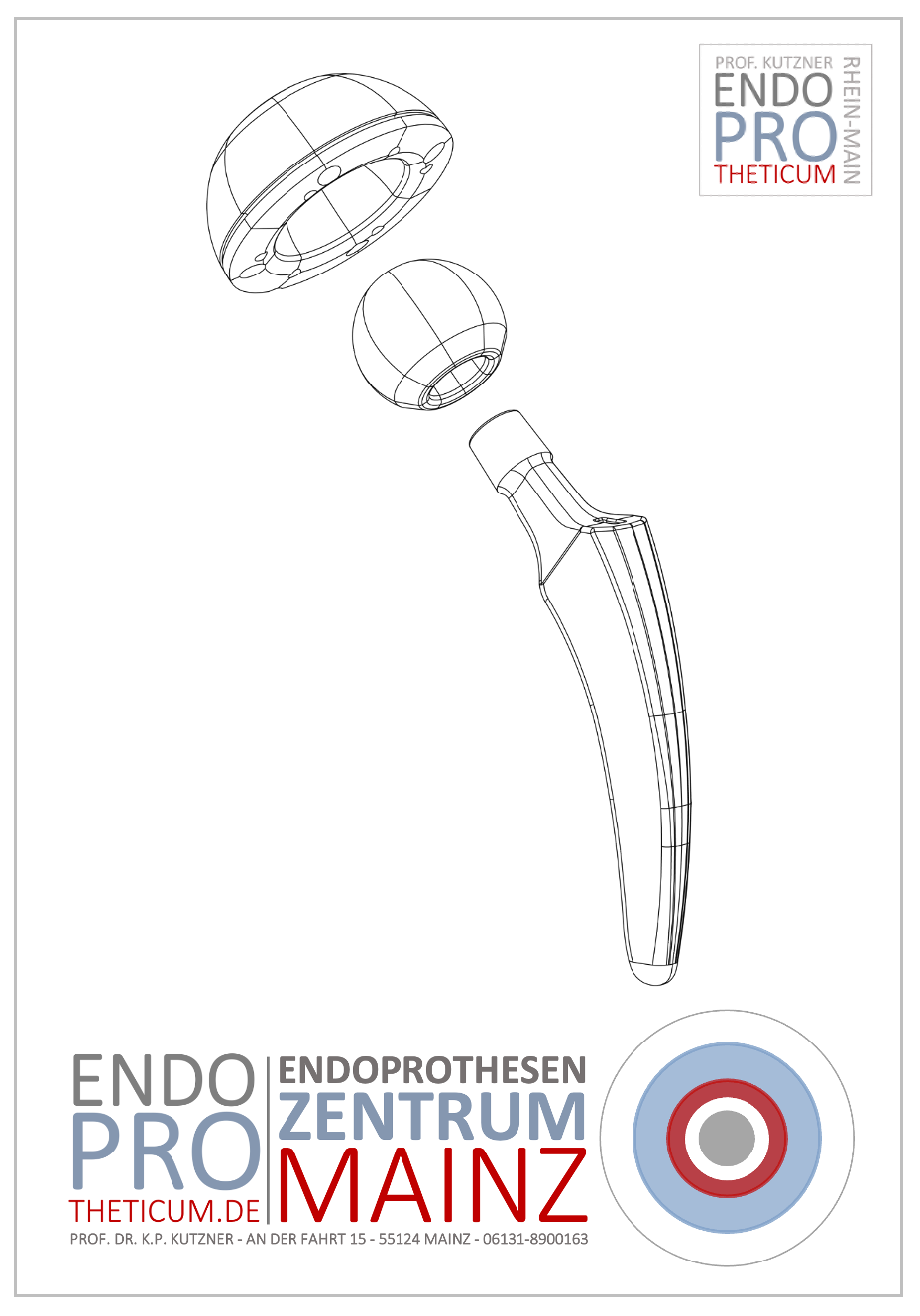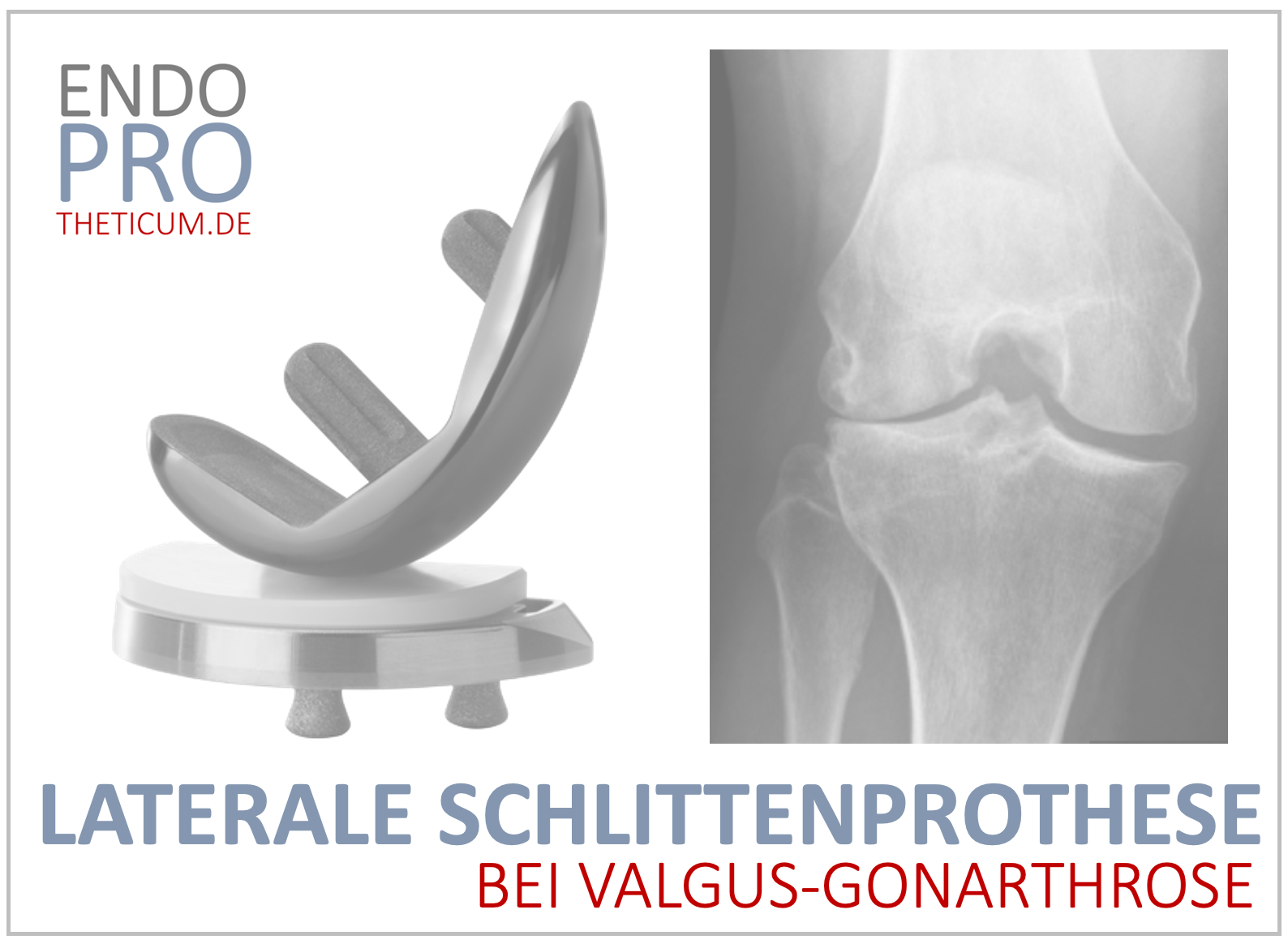Cycling after joint replacement – regained joy!
Why cycling is the perfect choice after hip and knee replacement

Cycling is one of the most popular leisure activities worldwide and is valued by people of all ages as a means of transport, fitness exercise and form of therapy. For people who have had a joint replacement – be it a THA (total hip arthroplasty) or a TKA – cycling offers an ideal way to get moving again. It protects the joints, promotes rehabilitation and can significantly improve the quality of life. But despite the numerous advantages, there are many questions and myths surrounding the topic.
In this article, you'll learn everything you need to know about cycling after joint replacement - from the first steps in rehabilitation to long-term benefits and tips for optimizing your training.
Benefits of Cycling After Joint Replacement (TKA/TKA)
Joint-friendly movement
Cycling is characterized by its gentle movement, as the joint is subjected to less axial stress than walking or jogging. The consistent sequence of movements helps to mobilize and stabilize the joint without overstressing it.
Improvement of muscles and coordination
Using the leg muscles while cycling specifically strengthens the quadriceps, hamstrings and calves. These muscle groups play an essential role in the stability and functionality of knee and hip joints.
Psychological benefits
Resuming physical activity such as cycling has immense psychological benefits. It increases self-confidence, reduces stress and offers a social component, for example on group trips.
Cycling and Rehabilitation – The right way to get started
When is the ideal time?
After a total knee or hip replacement, recommendations vary depending on the patient and the surgical method. On average, it is recommended to begin light cycling exercise between 6 and 12 weeks after surgery. The treating orthopedist or physiotherapist should always be consulted.
Indoor or outdoor?
The first attempts at cycling after a joint replacement should be done on an exercise bike. Indoor cycling allows for controlled movement without the risk of falls or unpredictable stress. As soon as the muscles are sufficiently strengthened, you can switch to cycling outdoors.
Cycling after total hip replacement
Biomechanics and stress
After a total hip replacement, the range of motion of the hip is crucial for the success of the rehabilitation measures. Cycling helps to improve the mobility of the hip joint prosthesis and reduce the risk of stiffness or muscle shortening.
Step-by-step instructions
- Optimize pedal setting: The pedals should be adjusted so that the knee joint is slightly bent at bottom dead center.
- Adjust seat height: The saddle should be high enough to prevent the hips from bending too much. The hip angle should be at least 90°.
- Slow increase: Start with short training sessions of 10 minutes and gradually increase them by 5 minutes per week.
Precautions
Avoid abrupt movements as these could put strain on the hip prosthesis. Steep climbs and high resistance should be avoided, especially in the first few months.
Cycling after knee replacement
Joint movement and load distribution
TKA requires a careful approach to cycling, particularly with regard to proper flexion and extension of the knee. Cycling can help regain mobility and optimize the gliding movement of the implant.
Importance of pedal tension
Correct pedal tension is very important for patients with knee prostheses. Light pedal entries reduce the torque exerted on the knee.
Tips for safe cycling training
- Easy to click in and out: Use low tension settings on clipless pedals to avoid unnecessary pressure on the knee.
- Avoid hyperextension: Control the knee angle while riding.
- Training Supplements: Combine cycling with targeted hyperextension and flexion exercises.
Myths about cycling after joint replacement
Myth 1: “Cycling puts strain on the prosthesis and leads to faster wear”
In fact, the opposite is true. Cycling supports joint function and contributes to the longevity of the prosthesis as it promotes the surrounding muscles and synovial fluid.
Myth 2: “I can only drive on flat surfaces”
Even if training on flat routes is advisable in the beginning, this does not mean that gentle inclines must be avoided in the long term. With advanced recovery, even mountain trips are possible.
Myth 3: “Outdoor cycling is too risky”
With appropriate precautions such as protective clothing, appropriate pace and appropriate routes, outdoor cycling can be safe and just as effective as indoor cycling.
Long-term benefits of cycling after joint replacement
Improving the quality of life
Regular cycling significantly increases the quality of life. Studies show that people who stay active experience less post-operative discomfort and quicker recovery of mobility.
Cardiovascular benefits
The combination of joint-friendliness and endurance training makes cycling the ideal sporting activity for people with artificial joints.
Social integration
Cycling allows patients to take part in shared activities and maintain social contacts again.
Conclusion
Cycling after a joint replacement - whether after a total hip replacement or a total knee replacement - is one of the most effective methods to regain mobility, joy of life and health. Through targeted rehabilitation, suitable training methods and an understanding of their own physical limits, those affected can not only accelerate their recovery process, but also enjoy an increased quality of life in the long term. Take advantage of this wonderful opportunity to get back to movement and joy in life!
MAKE AN APPOINTMENT?
You are welcome to make an appointment either by phone or online .



























